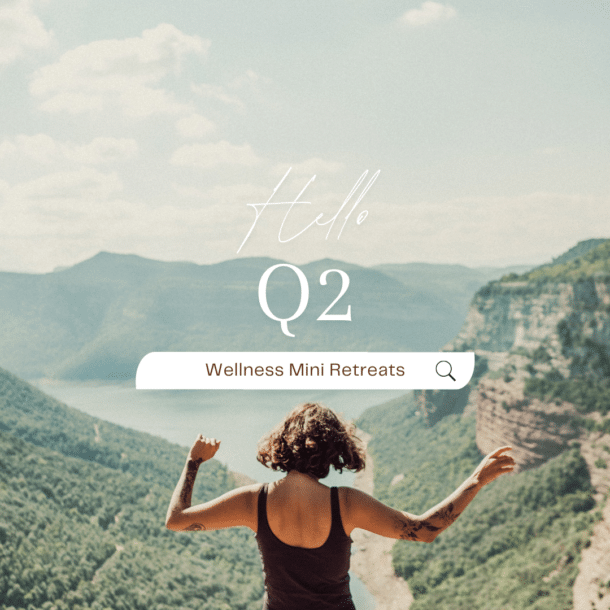Learn to use rule to make better life decisions.
Simple rules are used by the leaders in startups, leading edge companies, governments which is why the book caught my attention. Even if you don’t like rules, simple rule can help you too.
What are simple rules?
Simple rules are short-cut strategies that save time and effort by focusing your attention and simplifying how you think.
Key features of Simple Rules
1/ Simple rules are a few memorable rules that guide your action towards a specific outcome.
2/ Simple rules need to be specific to you so that they are meaningful and easy to incorporate into work and/or life.
3/ Simple rules have to be applied to something specific such as a behavior, process or function so that the rules get applied appropriately.
Three types of simple rules
1/ Boundary Rules
Boundary rules require a yes or no decisions or a choice when there are a lot of options to consider. Whittling the values list down to two guiding principles for your life makes boundary rules easier to implement.
In the context of health, a good example is what to select from a restaurant menu or how to fill your plate at a holiday buffet. Having guiding principles for your diet will help you make better decisions regardless of what’s listed or presented.
2/ Situation Rules
Situation rules tell you when to act and are helpful when timing matters such as when it’s hard to get started or you loose momentum early. They are the perfect solution for everything in the health/wellness category of your life.
We’ve all heard what we’re supposed to do to maintain good health a thousand times. Granted there is new science and discoveries that can tweak the basics for even better health but the real issue is execution. Forming the fundamental habits of health that will work with your life is often the challenge.
Here’s an example of how situational rules can be applied to your exercise routine. Make your fitness goals concrete by stating your target steps/day, selecting the days/week when you will exercise and establishing a time of day to exercise. Doing so eliminates the if/when debate and frees up your schedule to actually exercise.
3/ Stopping Rules
Stopping rules tell us when to stop or quit. There are usually a number of warnings in our bodies, in our lives and in the environment telling us that it’s time for change. Unfortunately, it’s often hard for us to heed those warnings.
Stopping rules are particularly beneficial for entrepreneurs, researchers and other innovators. It’s hard to give up on something that has consumed your time, attention and resources for an extended period. Having simple stopping rules will help and give you peace of mind.
Defining clear stopping rules can make it easier. Your rules should be clear and consider your resource constraints, new opportunities and the likelihood of success on your current path. Having clearly defined goals and metrics takes the objectivity out of your decision.
Try applying stopping rules to unhealthy behaviors such as smoking, drinking, sunbathing or anything else that you’re doing in excess that negatively effects your health. Start by evaluating your current health status and then create a plan using simple rules.
How to create your own simple rules
1/ Determine the objective
Be specific with what you want to achieve. For example, you want to develop healthy eating habits or hire the best people for a specific job.
2/ Identify the bottleneck
The bottlenecks are anything keeping you from achieving your objective. For example, lack of time, lack of knowledge, lack of resources or lack of skilled candidates.
3/ Craft the rules
Draw on the advice of outside experts, friends, family and past experiences to craft two to five simple rules that will help overcome the bottleneck.
Last Updated: 5/24/2023




